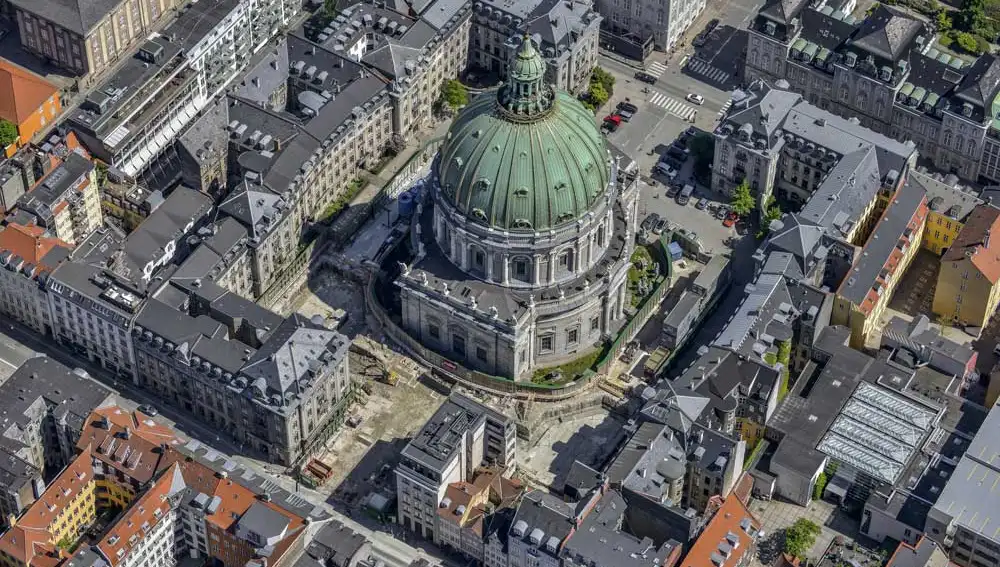
The Church of Denmark: A Historical and Cultural Overview
The Church of Denmark, officially known as the Evangelical-Lutheran Church in Denmark or Folkekirken (meaning “the People’s Church”), represents a significant institution within Danish society. As the established church of Denmark, it is not only a religious entity but also a vital part of the country’s cultural and historical fabric. This essay delves into the origins, development, and contemporary role of the Church of Denmark, highlighting its unique status as a state-supported church and its impact on Danish life.
Implications for Church Governance
Parish optionality has significant implications for church governance and the relationship between congregants and their pastors. On one hand, it empowers individuals to seek spiritual fulfillment in a context that resonates with their beliefs. This empowerment can lead to greater engagement and participation among church members, as they are more likely to contribute to a community that aligns with their values.
On the other hand, parish optionality poses challenges for traditional church structures. It can lead to a fragmentation of congregational life, as members may choose to leave their residence parish in search of a more suitable alternative. This movement can result in a decline in attendance and financial support for certain parishes, potentially jeopardizing their sustainability. Additionally, it raises questions about pastoral accountability and the responsibilities of church leaders to their congregants. Pastors must navigate the delicate balance between upholding doctrinal teachings and being responsive to the needs and preferences of their congregation.





